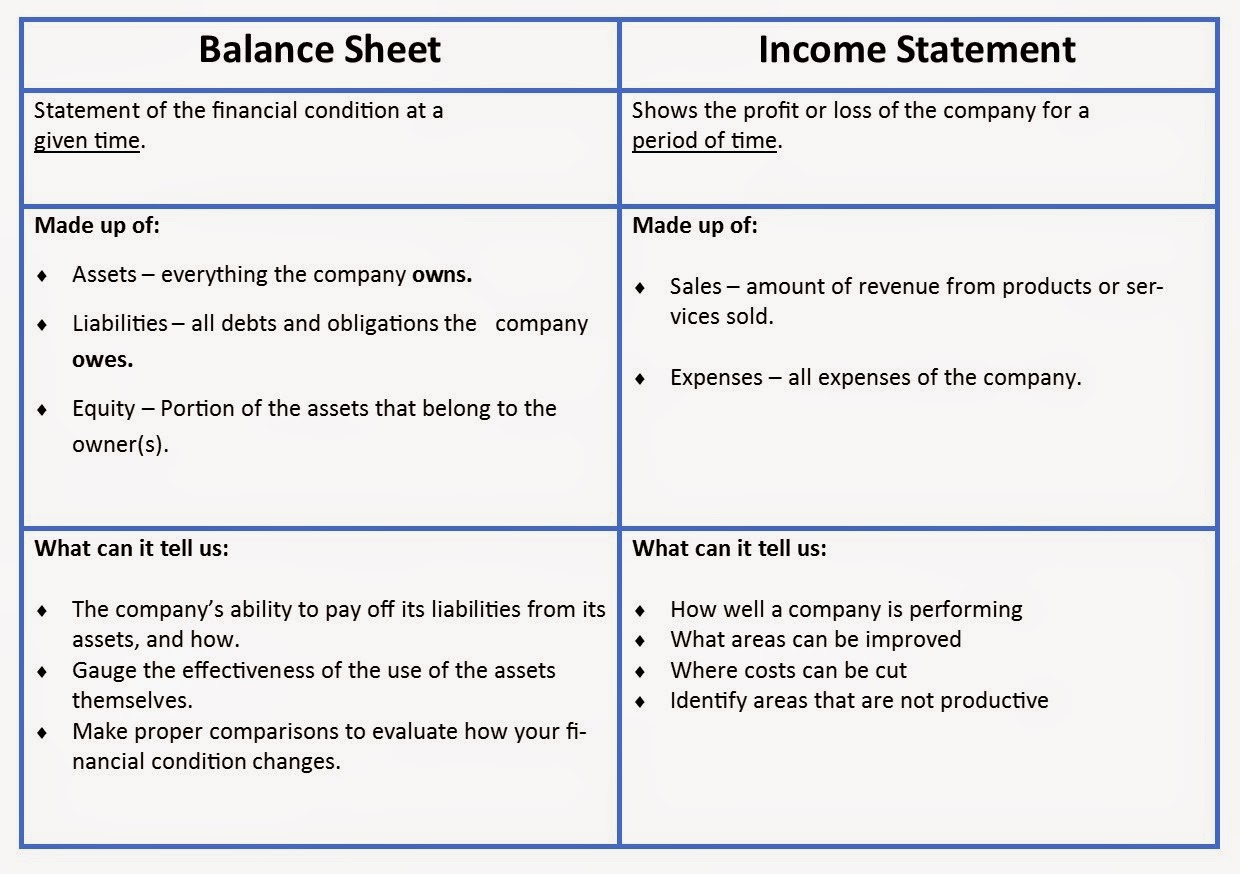Are You Ready?
EMV Liability Shift Deadline is October 1, 2015
What does the EMV liability shift mean to your business?
A customer places an order or makes a purchase and pays you by credit card. You followed your current security procedures and ensured the card has been signed. Once you verified the signature was present you go ahead and swipe the card, get a signed receipt and wish the customer a good day.
Uh oh, that card was stolen or counterfeit! Good thing the bank will accept the loss, and not your business. Right?
Wrong! As of October 1, 2015 your business could be held liable, and forced to assume the loss.
How can you protect your business?
It is strongly advised that you contact your credit card processing merchant and work with them to develop an in depth plan for proper equipment, software, and procedures. Below is only a short list of what you need to know.
Card present transactions:
- Obtain a dual-interface terminal. Although a magnetic strip terminal will still be able to read these cards they do not offer the same level of security.
- Obtain verification for every transaction
- Signature
- Online PIN
- Offline PIN
- CVM (No signature required, for low risk and low value transactions)
Card not present transactions:
- Use software to verify the cardholders billing address
- Ask for the CVV2 code, a three digit number found on the back of the card
- Obtain an authorization
- Use postal address validation services to verify identity
For more information visit the links below:









